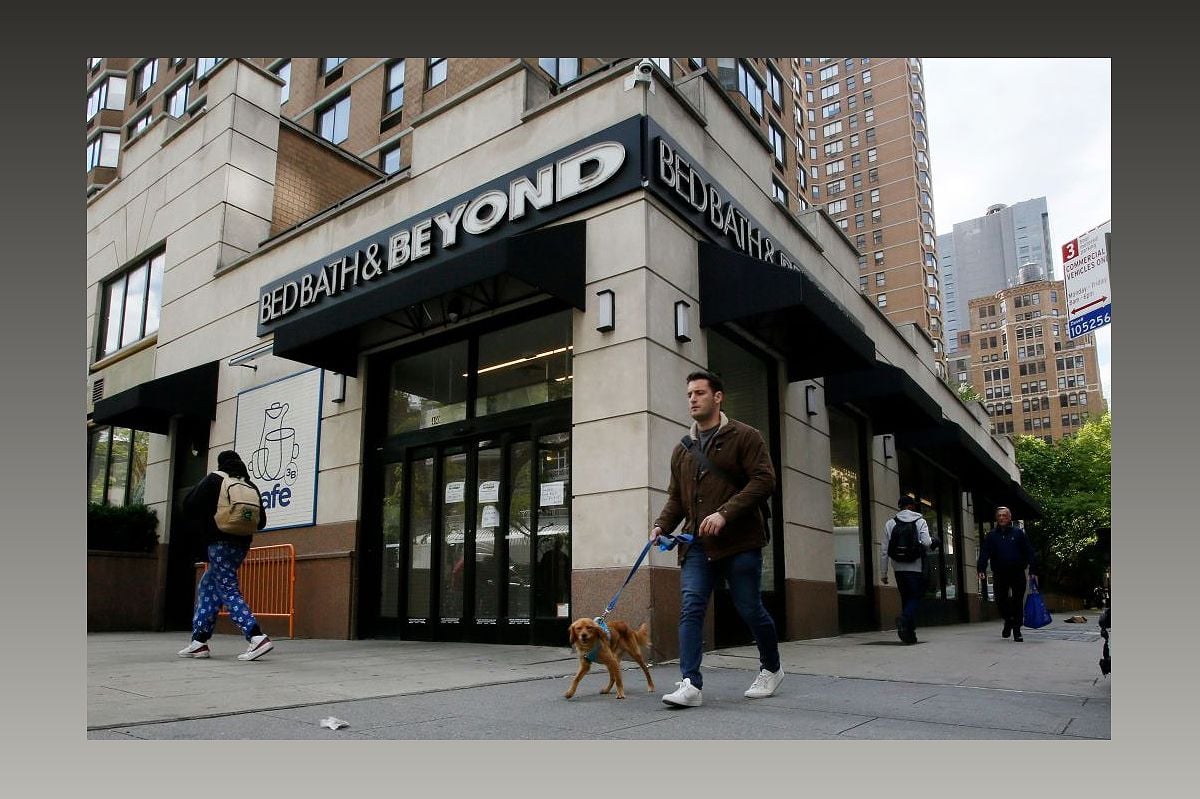The Rise of Retailers Taking Over Empty Bed Bath & Beyond Stores
When Sears, Toys “R” Us, and Circuit City filed for bankruptcy, it created an opportunity for other retailers to take over their old storefronts. Now, retailers are seizing the chance to occupy empty Bed Bath & Beyond stores. Learn how this trend is reshaping the retail industry and why these spaces are in high demand.
Opportunity Arises from Bankruptcies
Discover how bankruptcies of major retailers have created opportunities for other businesses.
When Sears, Toys “R” Us, and Circuit City filed for bankruptcy, it left behind vacant storefronts that presented an opportunity for other retailers to step in. This trend has now extended to empty Bed Bath & Beyond stores, as retailers are seizing the chance to occupy these spaces.

With the closure of all 360 Bed Bath & Beyond stores and 120 buybuy BABYs, these empty locations have become desirable real estate for retailers and other companies looking to expand. The bankruptcy proceedings have auctioned off these spaces, attracting a range of businesses eager to fill the void.
Reshaping the Retail Landscape
Explore how the trend of occupying empty Bed Bath & Beyond stores is reshaping the retail industry.
Traditionally, retailers have taken over old storefronts left behind by bankrupt companies, and the same is happening with Bed Bath & Beyond. Burlington Stores CEO Michael O’Sullivan has already stated that some of their best stores were created from former Kmart or Sears locations, and they have now taken over 44 former Bed Bath & Beyond spaces.
Other well-known chains like Michaels, Barnes & Noble, and Macy’s have also replaced the old Bed Bath & Beyond stores. Additionally, unconventional businesses such as pickleball courts, trampoline parks, and bowling alleys have filled up the vacancies, showcasing the versatility of these spaces.
The high demand for former Bed Bath & Beyond stores can be attributed to the scarcity of new big retail spaces and the impact of online shopping. With retail vacancy rates at historic lows, these smaller-sized locations in suburban areas are particularly appealing to retailers looking to save on rent and labor costs.
Adapting to Changing Consumer Behavior
Learn how retailers are adapting to changing consumer behavior and the continued importance of brick-and-mortar stores.
Despite the rise of online shopping, brick-and-mortar stores remain important to many shoppers. The discount segment of retail has experienced significant growth as budget-conscious consumers search for low prices and value.
Some retailers are also utilizing their physical stores to fulfill online orders, leveraging the efficiency of in-store inventory and reducing delivery times. Even online brands like Warby Parker have recognized the value of physical stores and have opened their own retail locations.
Bed Bath & Beyond’s former spaces have quickly been leased at higher rents than before, as landlords take advantage of the demand. Companies like Burlington and HomeGoods have already secured leases, and discussions are ongoing with other popular retailers like TJ Maxx, Ulta, and REI.
A Promising Future for Vacant Spaces
Discover the positive outlook for filling the vacant Bed Bath & Beyond spaces.
With the high demand and quick leasing of former Bed Bath & Beyond spaces, there is little concern that these locations will remain vacant for long. Landlords have divided the spaces into smaller sizes, attracting a diverse range of businesses.
Real estate owner Kimco Realty, which holds 26 former Bed Bath & Beyond leases, has reported new leases at significantly higher rates than previous rents. They have already leased 14 spaces to companies like Burlington and HomeGoods and are in discussions with other well-known brands for the remaining stores.
The trend of repurposing these spaces not only benefits retailers but also revitalizes communities by bringing new businesses and experiences to the area. It’s an exciting time for the retail industry as it continues to evolve and adapt to changing consumer preferences.
